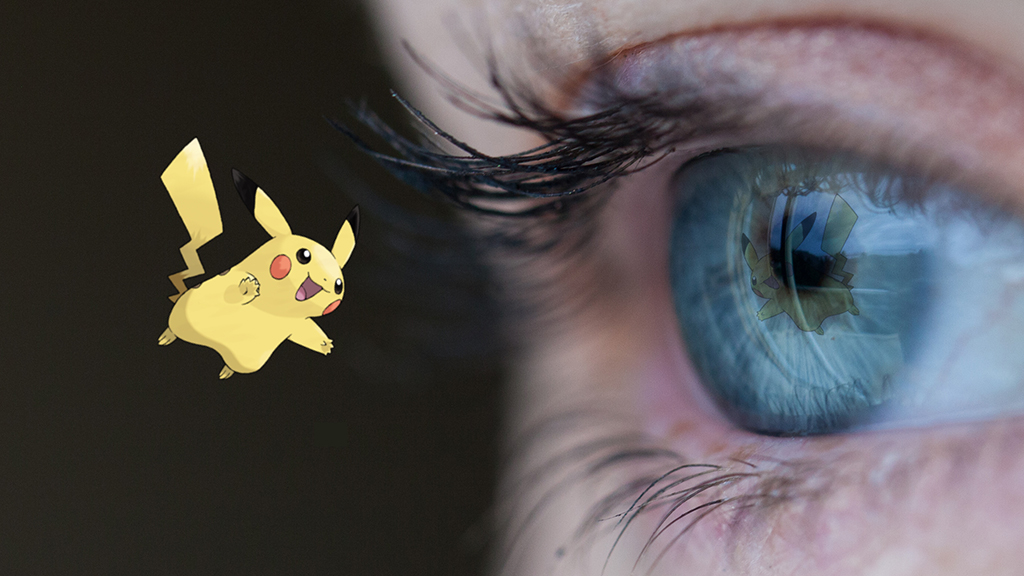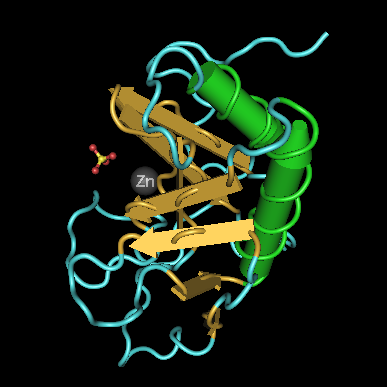
There is a little bit of Pikachu inside all of us
There is a little bit of Pikachu inside all of us
There is a little bit of Pikachu inside all of us
Unless you paid attention in your secondary school biology class or have an extreme interest in biology, it’s quite unlikely that you’d be familiar with the names of most biological molecules. Scientists usually name things after their structures or functions so you end up with a bunch of very confusing and mundane ones, like the Beta-2 microglobulin or the major histocompatibility complex (MHC).
But every once in awhile, scientists show that they are, in fact, up to date with popular culture and decide to add a little creativity to the nomenclature.
Pikachurin is found in our eyes and is essential for the transmission of electrical impulses to the brain’s vision centre. It also helps our eyes track moving objects.
Because of the way scientists study different kinds of proteins, we don’t actually know what Pikachurin’s function is, only that it is important and that without it, transmission of information to the brain would get disrupted. The study was carried out on mice, with scientists removing the gene involved in making the protein, so that they could see what it is that happens when an animal lacks Pikachurin. It was discovered that, without the protein, it would take nearly four times as long for signals to reach the brain, resulting in incorrect movement of other elements in the eye, eventually leading to a form of muscular dystrophy.
In 2003, a group of researchers at the Memorial Sloan-Kettering Cancer Center in New York discovered a gene they decided to call the POK erythroid myeloid ontogenic gene (or Pokemon, for short).
Pikachurin isn’t actually needed for us to see per say, but it sure plays a big part in helping us. Our eyes have photoreceptors, which are specialised cells, that move around the eye to take in light. These photoreceptors then send information, in the form of electrical impulses, to an important structure called a synapse. Synapses are structures found all around the body that play a big part in transmitting information to the brain through the central nervous system. When photoreceptors send information to a synapse, a few different processes begin to take place, which eventually results in the necessary information being sent to the brain to be translated into visuals we can see. The processes that occur at these synapses involve a lot of different types of minerals and proteins, one of these proteins being Pikachurin.

This isn’t the first time scientists used the Japanese franchise as inspiration. In 2003, a group of researchers at the Memorial Sloan-Kettering Cancer Center in New York discovered a gene they decided to call the POK erythroid myeloid ontogenic gene (or Pokemon, for short).
It was later found, however, that the gene was able to cause cancer. The gene was prone to undergoing harmful mutations that would lead to cells growing uncontrollably and eventually becoming cancerous. In fact, it was suggested that the gene was actually needed for other cancer-causing genes to mutate and so acted as a master switch for cancer. It was no surprise then that in the following days, a rush of headlines such as “Pokemon causes Cancer!” began to surface. Nintendo, not wanting the brand to be associated with the disease, threatened legal action against the research centre if they didn’t change the name. The researchers were then forced to switch it to the much less controversial, Zbtb7.
However, there are many other genes that have been named after fictional characters. Sonic Hedgehog is a gene found in mammals that plays a part in the development of the central nervous system in an embryo. It was named so because when the gene was deleted in a species of flies, scientists thought the fly’s embryo looked like a hedgehog. Another fun fact is that the drug that is used to inhibit the gene is called robotinikinin, a reference to the main antagonist of the Sonic the Hedgehog games, Dr. Ivo Robotnik. Another gene, found in zebrafish, is called Dracula and is, of course, associated with blood disorders. There’s even a Ken and Barbie gene, which is found in fruit flies and plays a role in sexual organ development.
Thanks, Pikachu. Seeing wouldn’t be the same without you.





